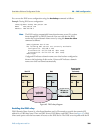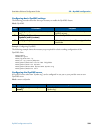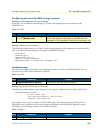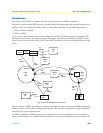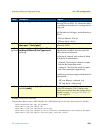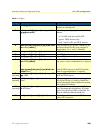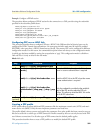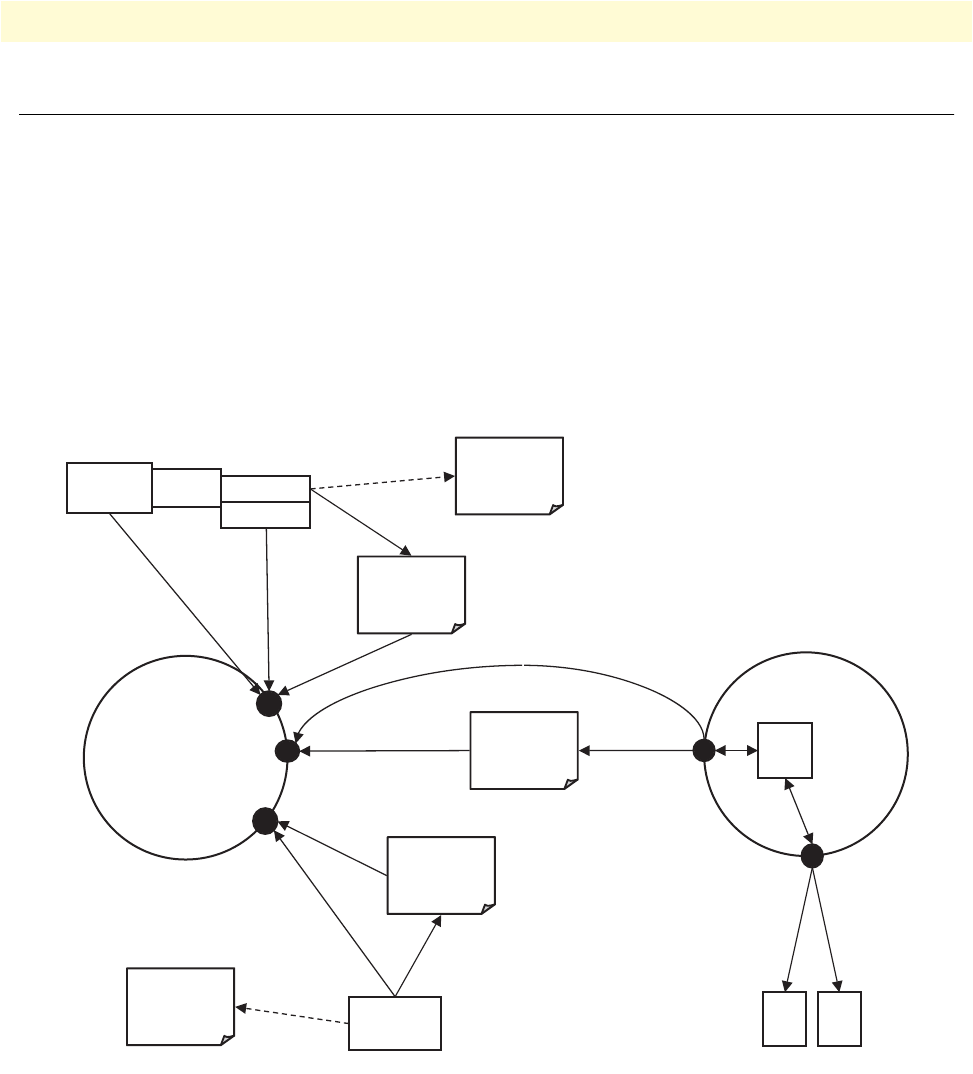
Introduction 314
SmartWare Software Configuration Guide 30 • PPP configuration
Introduction
This chapter describes how to configure the point-to-point protocol over different link layers.
The point-to-point protocol (PPP) provides a standard method for transporting multi-protocol datagrams over
point-to-point links as defined by the RFC1661 etc. SmartWare offers PPP over the following link layers:
• PPP over Ethernet (PPPoE)
• PPP over HDLC
Figure 46 shows the elements involved in the configuration of PPP. The elements required to configure PPP
over Ethernet are located in the upper left corner of the figure. The elements for PPP over a HDLC Framed
Serial Link are in the lower left corner. For PPP over ISDN, the elements are in the middle and the lower right
corner.
Figure 46. PPP configuration overview
Since the purpose of PPP is providing IP connectivity over different types of link layers, all PPP configuration
elements connect to the IP context through an IP interface. This connection is relayed via a subscriber profile if
either PPP peer requires authentication.
For PPP over Ethernet, a PPPoE session must be configured on the respective Ethernet port. It is possible to
set-up several (limited by the available memory) PPPoE sessions on the same Ethernet port, each session with
Context
IP
'router'
interface
ppp / pppout
port
isdn
port
isdn
bind
subscriber
SR
bind port
<slot>
<port> *
port
serial
bind
subscriber
port
ethernet
* multiple occurrencies
PPPoE
Session
Session
interface (ip)
Subscriber
PPP
Profile
PPP
bind
interface
bind
interface
bind
interface
bind
subscriber
use
profile ppp
bind
interface
Subscriber
PPP
Subscriber
PPP
interface
pstn
Context
CS
'switch'
Profile
PPP
use
profile ppp



